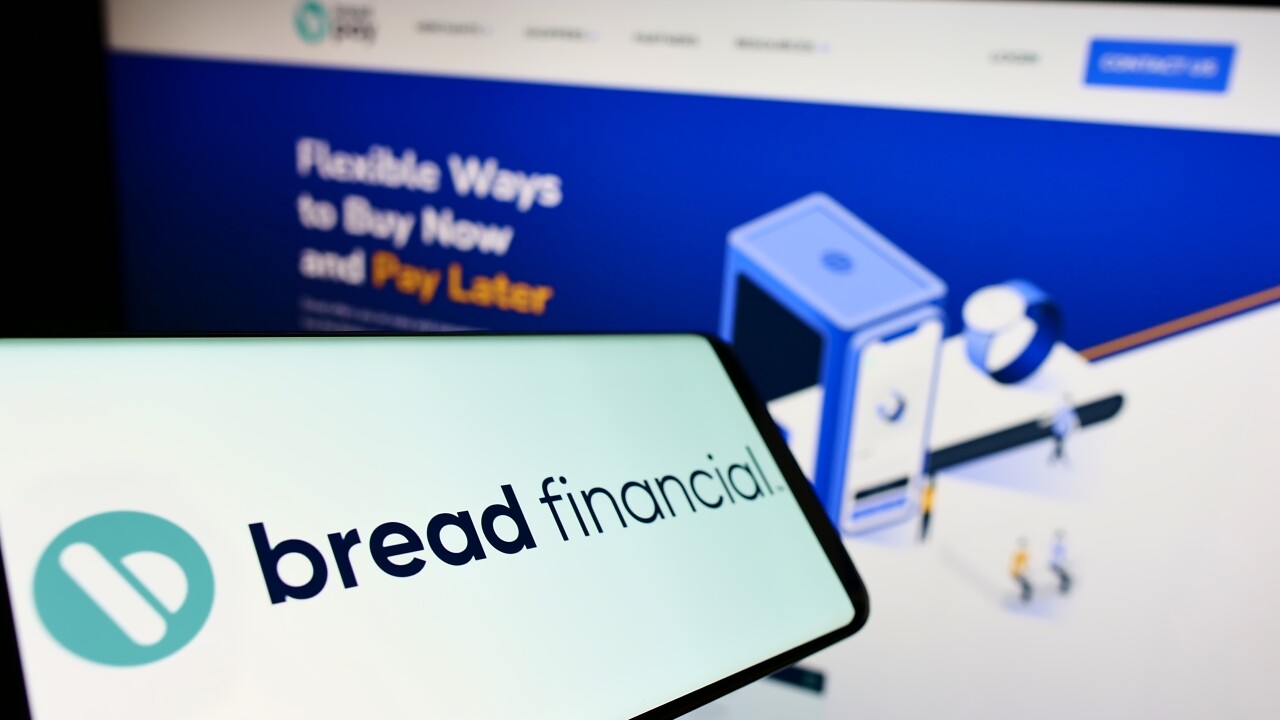As banks add new features such as videoconferencing and check imaging to their automated teller machines and self-service kiosks, research from Synergistics confirms that this is an appropriate strategy that suits consumer preferences.
"Thirty-seven percent of ATM users see the ATM as their primary banking channel," says William McCracken, CEO of Synergistics Research, who spoke at SourceMedia's ATM, Debit & Prepaid Forum in Las Vegas last week. In a similar survey taken in 2007, 22% of ATM users placed such weight on these machines. The use of ATMs is steadily rising and catching up to branches as the place bank customers want to make deposits, McCracken suggests. This is good news for banks that seek to shrink their branch networks, either in number or in square footage, and rely more on machines than tellers.
The research firm asked 1,000 internet-using households what they would like to do at an ATM that they can't do today. The most common answer, chosen by 59% was, "cash checks."
Consumers most typically deposit personal checks (65%), payroll checks (38%) and cash and coins (36%) at ATMs, the survey found. Eighty-one percent get receipts at the ATM; most are interested in receiving receipts on their mobile phones. Only 23% experience overdrafts due to ATM withdrawals, but they would like to know about overdrafts at the ATM.
When people who don't use ATMs to deposit cash and checks were asked what would incent them to use an ATM for deposits, 43% said rewards, 37% said the ability to immediately withdraw upon deposit, 35% said having the deposit amount printed on the receipt, and 29% said having the check image printed on receipt. "Some of this is a communication issue, these people aren't using ATMs and don't know you have these features," McCracken says.
The survey found 75% of consumers use their own bank's ATMs; 23% use the ATM that's most convenient.
The poll found strong resistance to foreign ATM fees: 36% of consumers say they should not have to pay ATM fees at all and 40% say the fees are too high. "We're charging consumers on the upper end of what they'll accept," McCracken notes. The consumers surveyed were not interested in maintaining a high balance to avoid fees and 54% said they would consider switching banks for a free ATM; among those 18 to 34, 63% are likely to switch banks for a free ATM.
Asked about the advantages of using kiosks, 54% said because they're available when the bank is closed, 45% said for emergency use, 38% said they're more convenient, and 36% said it's faster than going to a bank. These numbers are low compared to other parts of the world. "When you go to Asia, you can see how a kiosk can change the financial relationship," says McCracken. Self-service financial activities are widespread in Asia.
While 49% of consumers overall would use a financial kiosk, among the 18-34 set, 64% would.
But despite the enthusiasm for ATMs and kiosks, the notion of low or no-fee branchless accounts (in which a consumer could only interact with their bank online or through an ATM or mobile device) did not fly well with consumers surveyed. Thirty percent said they find this idea very appealing, 34% find it somewhat appealing, and 13% are not interested at all. "It's a good idea, but how do you handle the consumer who needs to go to the branch occasionally?" McCracken comments.
Asked their reasons for not using ATMs, 40% of consumers say they prefer a human teller (those over 50 have higher incident of that); 36% cite personal security concerns, more than 40% indicate a preference for using debit cards rather than cash. "The security concern is what jumps out at me," says McCracken. "The industry needs to do better job at providing security and educating people about it."
Consumers' security concerns include skimming (79%), being robbed at an ATM (70%), other people being able to see their PIN (69%), overdrawing on their account (35%). Among the steps they believe banks should take to protect them are: install cameras (74%), provide an alarm button (68%), install a privacy screen (61%), use bright lighting (61%), and make the ATM highly visible (45%).





